The WWF is run at a local level by the following offices...
- WWF Global
- Adria
- Argentina
- Armenia
- AsiaPacific
- Australia
- Austria
- Azerbaijan
- Belgium
- Bhutan
- Bolivia
- Borneo
- Brazil
- Bulgaria
- Cambodia
- Cameroon
- Canada
- Caucasus
- Central African Republic
- Central America
- Central Asia
- Chile
- China
- Colombia
- Croatia
- Democratic Republic of the Congo
- Denmark
- Ecuador
- European Policy Office
- Finland
The Eastern Plains Landscape (EPL) is recognized as the largest intact dry forest in Indochina and one the world's most significant regions for biodiversity. Protected areas within the EPL, particularly in Mondulkiri province, support globally significant species, including Cambodia's largest Asian elephant population, the world's largest banteng population and over 300 bird species. The landscape also contains breeding ground for the exceptionally rare Siamese crocodile.
For many generations, this landscape’s resources have sustained the livelihoods of diverse communities residing within and around it. Notably, indigenous communities have emerged as committed stewards of their ancestral lands, protecting and nurturing their natural heritage.
Cambodia’s EPL spans over 14,000 km² and consists of a unique mosaic habitat, from hilly evergreen forests to open dry dipterocarp woodlands and seasonally wet grasslands. This diversity makes the landscape one of the world's most biologically important regions in terms of species diversity and endemism.
Where We Work:
Srepok Wildlife Sanctuary
372,707 hectares
Phnom Prich Wildlife Sanctuary
262,642 hectares
Our work in EPL communities focuses on developing alternative livelihoods, as sustainable income sources will alleviate poverty and pressure on natural resources. We aim to establish sustainable supply chains and financing mechanisms as well as support livestock raising and fisheries management. We are also strengthening civil society and community-based organizations to foster community participation in forest governance and management.
Other efforts include combating poaching, wildlife trafficking, land encroachment, habitat degradation and illegal logging. Finally, we undertake research and monitoring of biodiversity and socio-economic conditions to ensure that our interventions target areas facing the greatest threats.
Poaching for meat – whether for local subsistence or regional trade – has caused a sharp decline in wildlife populations and overall density. In addition, various development projects such as hydropower, mining, roads and economic land concessions, in combination with illegal logging and unsustainable extraction of natural resources, are further threatening the landscape. Shifting seasonal patterns and extreme weather events induced by climate change only compound these issues. With the concerning rise in private interests taking over land, local communities are increasingly vulnerable, as the natural resources they rely on come under greater pressure during rapid change.
Forests and wildlife are not just natural treasures; they are the very foundation of our community's well-being, providing clean air, fresh water and essential resources for our livelihoods. Preserving them ensures a sustainable future where both nature and humanity can flourish together.
- Brauy Khveik, Leader of Trapeang Khmaerm Community Protected Area
Species Spotlight
EPL’s lush forests are home to the world's largest population of banteng, a stunning wild cattle species. The graceful creatures are found in open areas close to dense thickets or forests. Despite a 95% decline in numbers since the late 1960s, Cambodia now boasts the largest number of banteng globally, with over 1,500 individuals. These creatures symbolize the richness of Cambodia's wildlife and a greater commitment to conservation. representing hope for preserving endangered species worldwide.
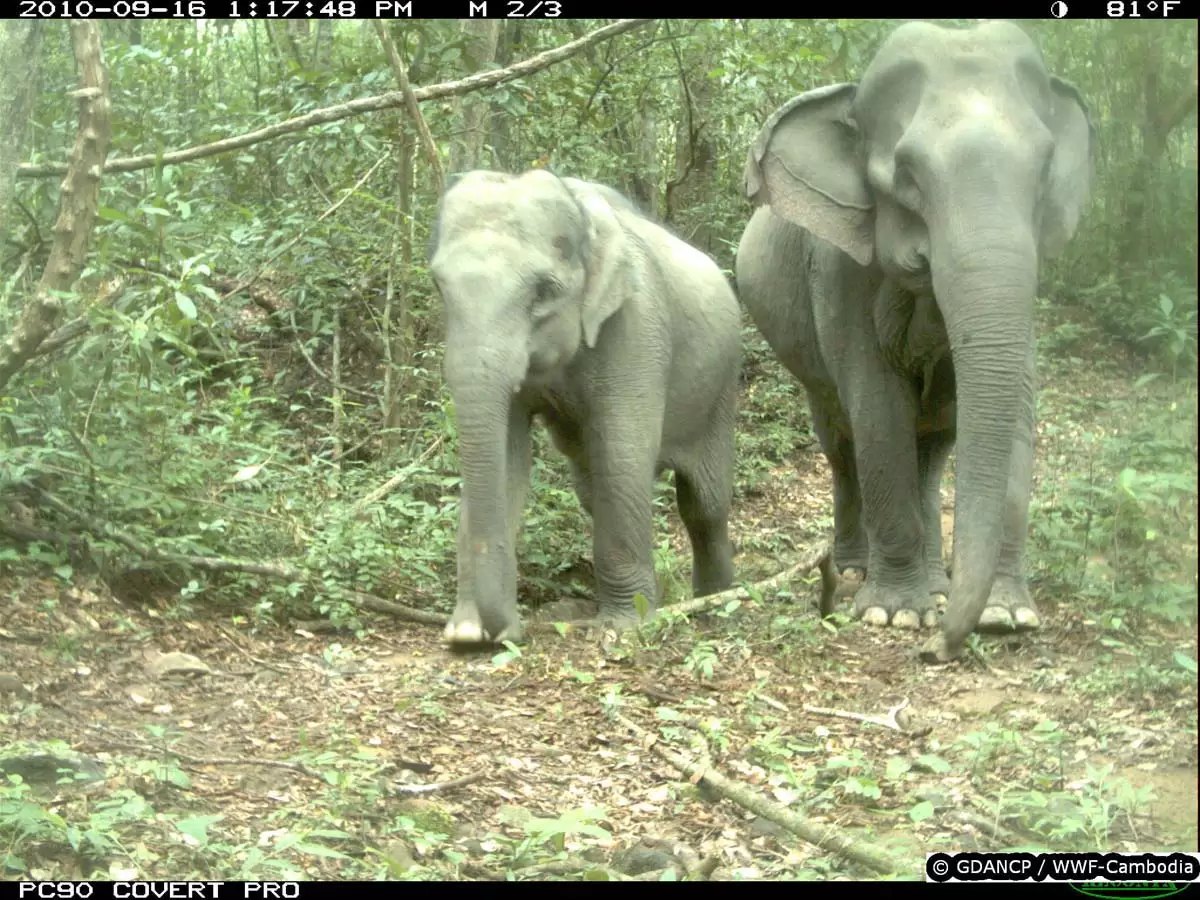
Asian elephant (Elephas maximus)
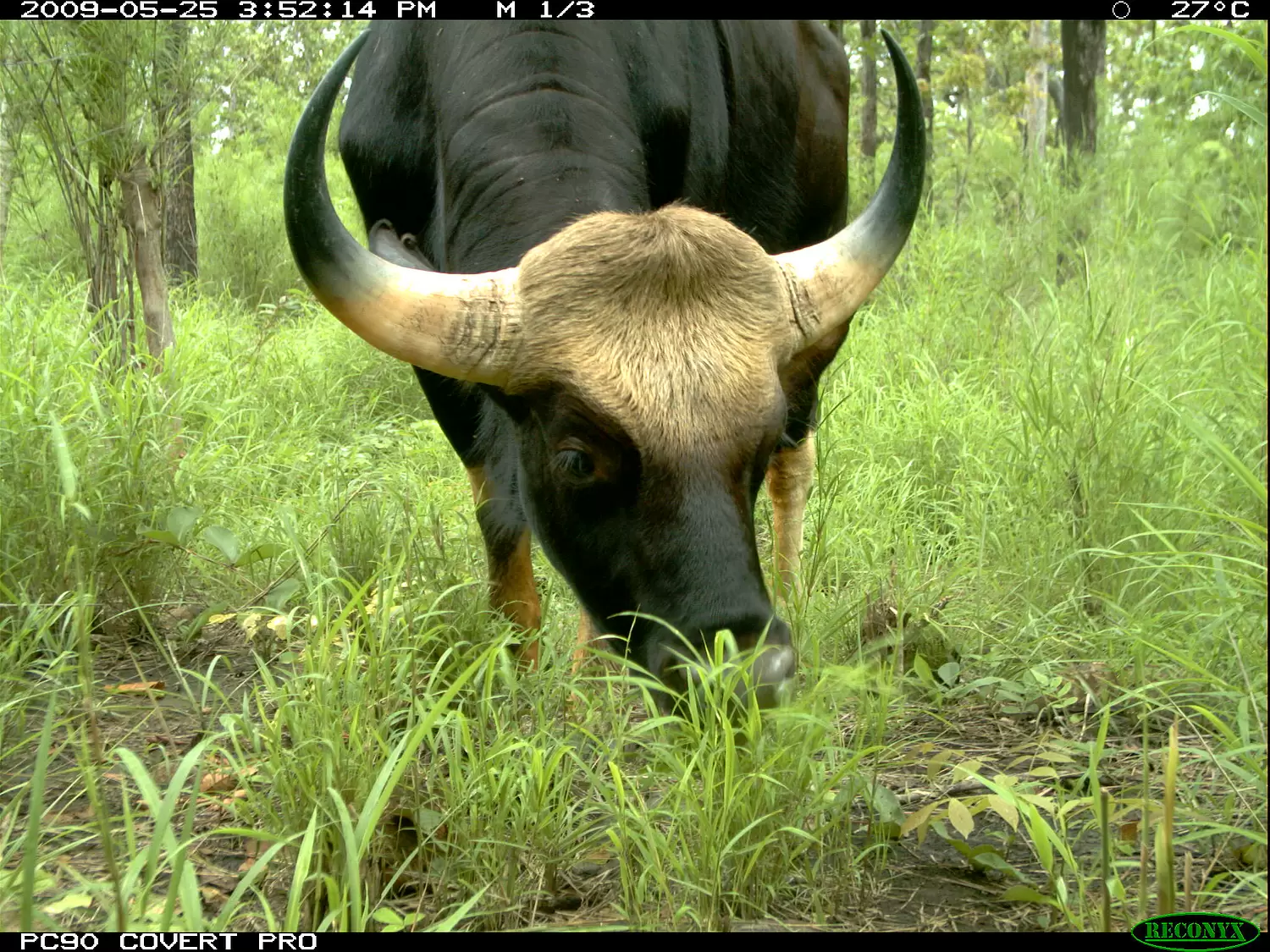
Gaur (Bos gaurus)
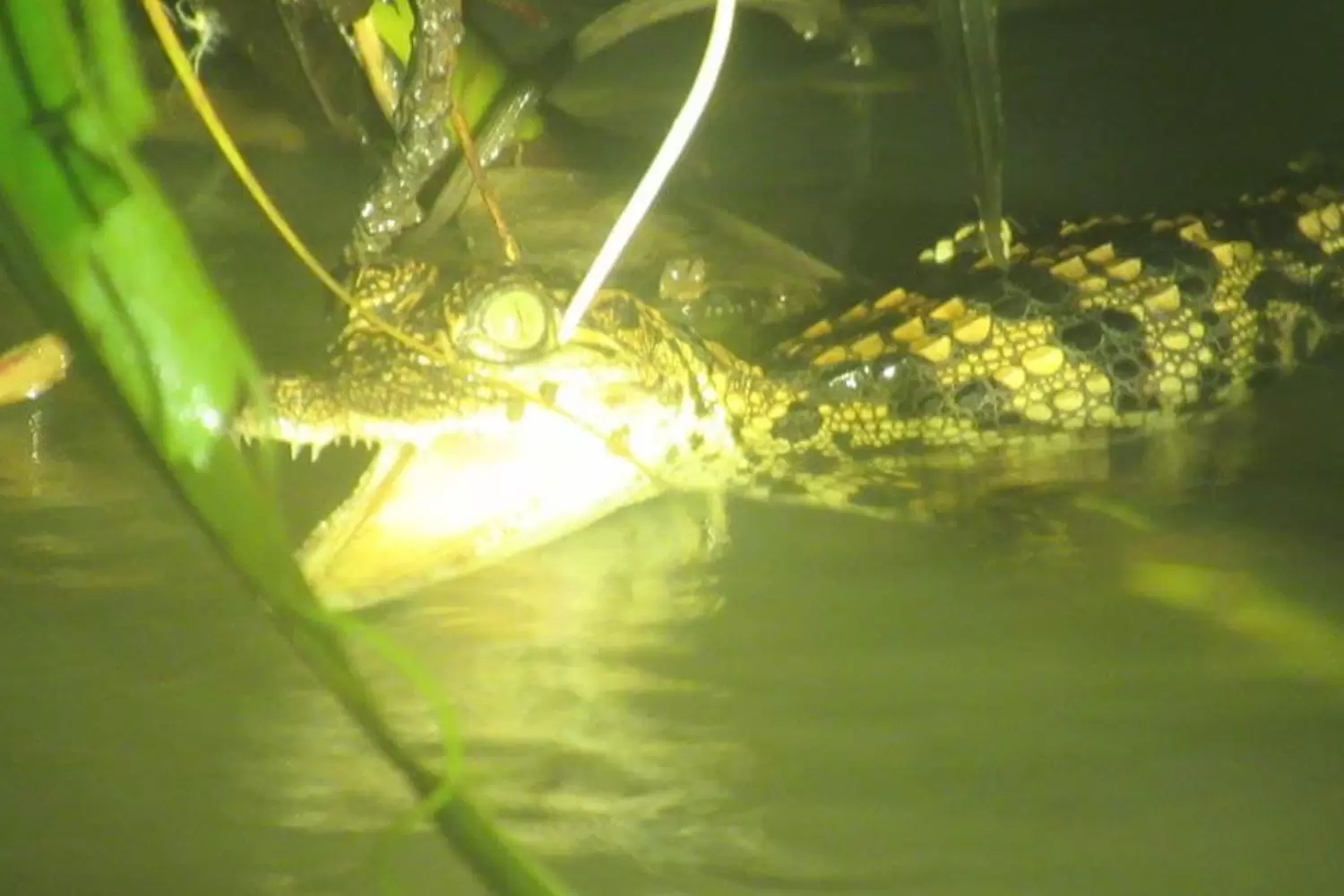
Siamese crocodile (Crocodylus siamensis)
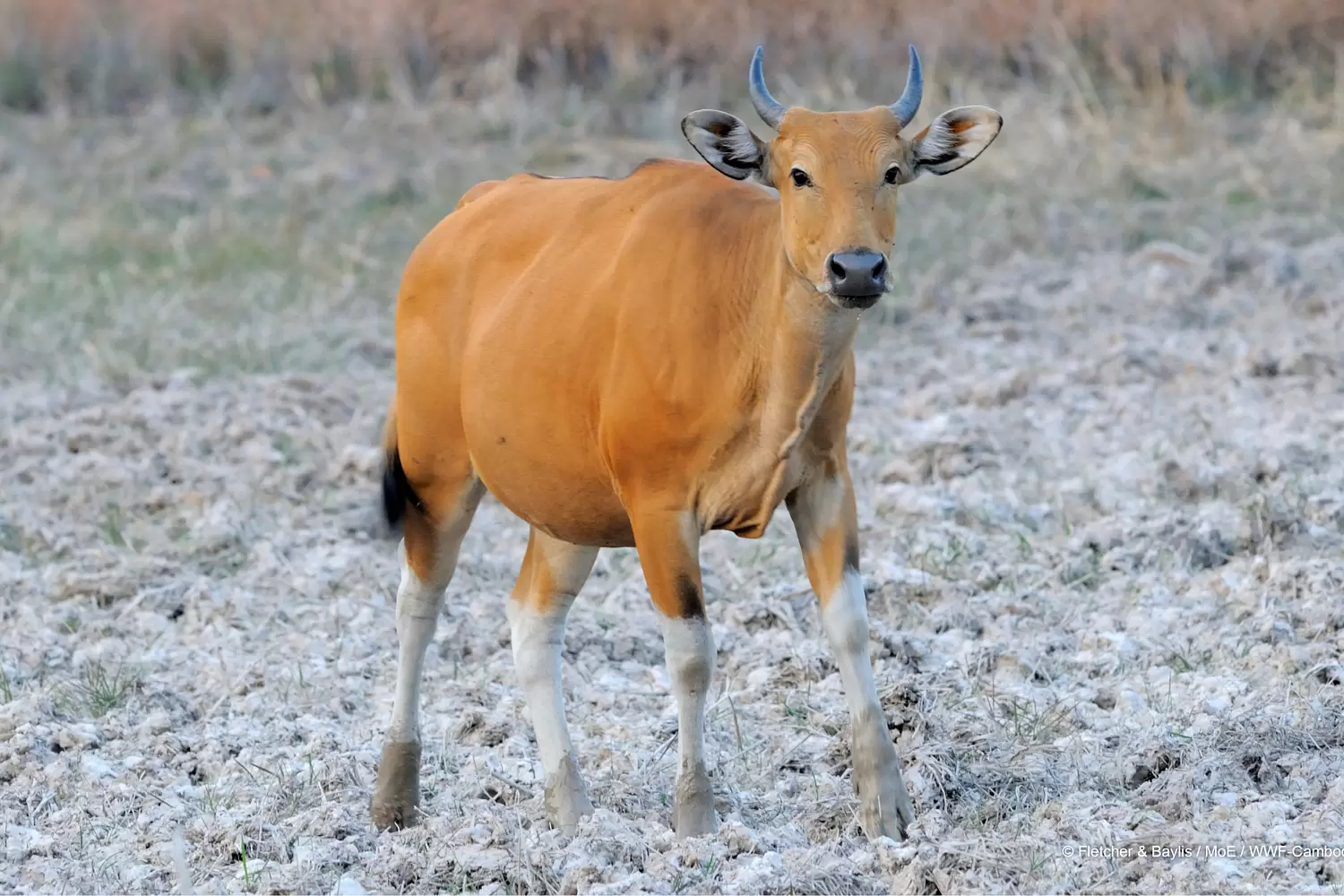
Banteng (Bos javanicus)
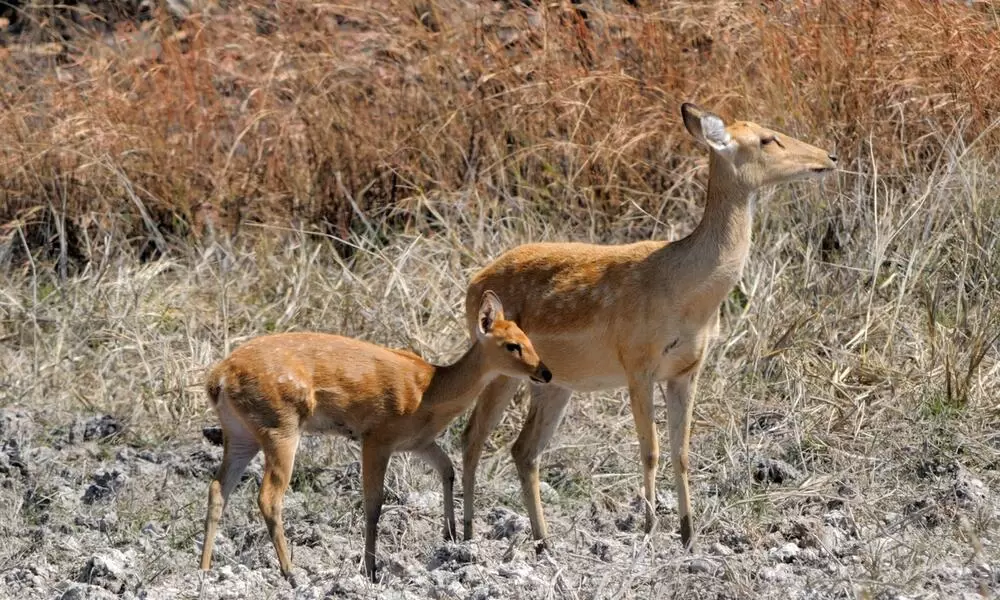
Eld's deer (Rucervus eldii)
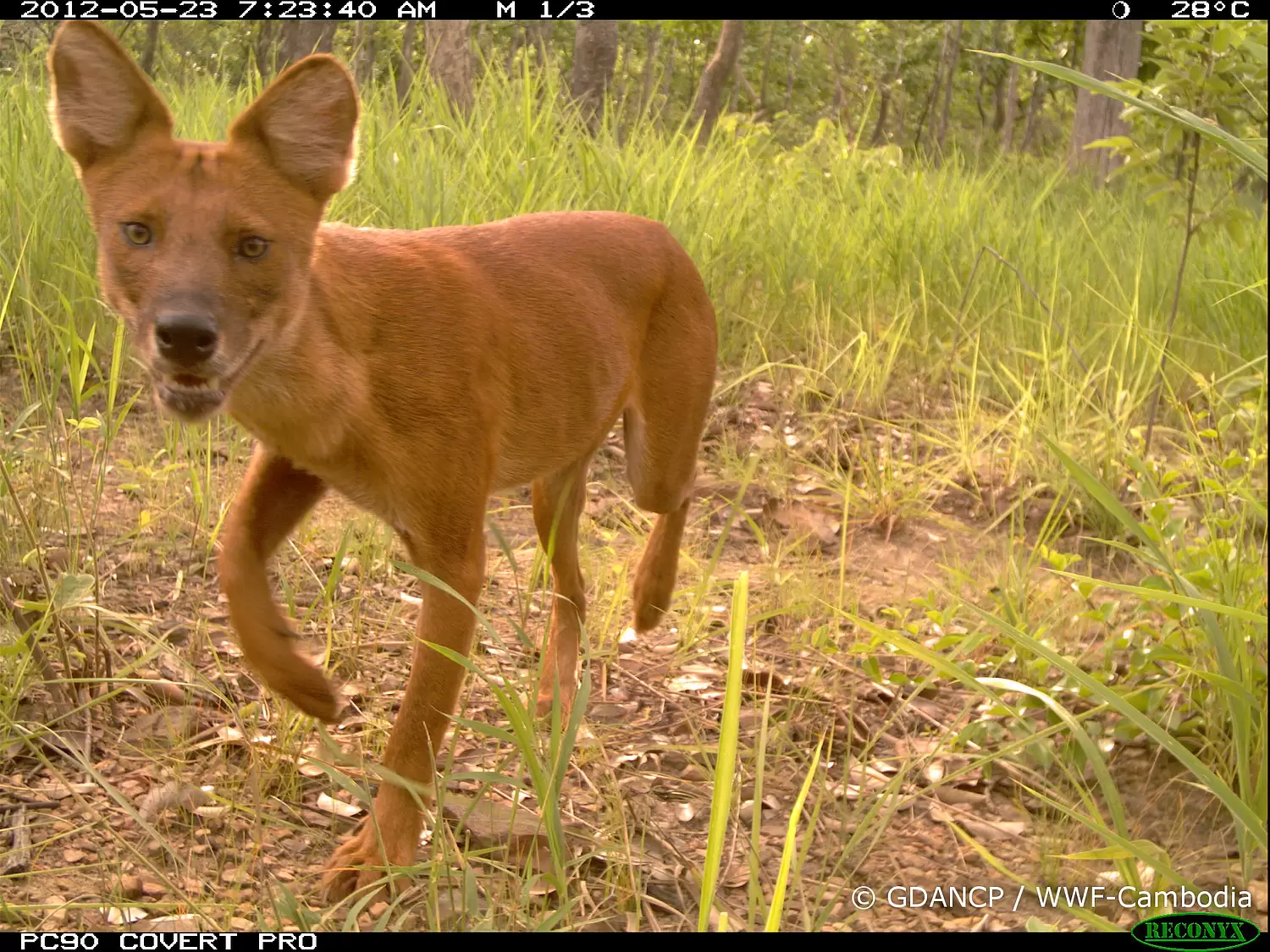
Dhole (Cuon alpinus)
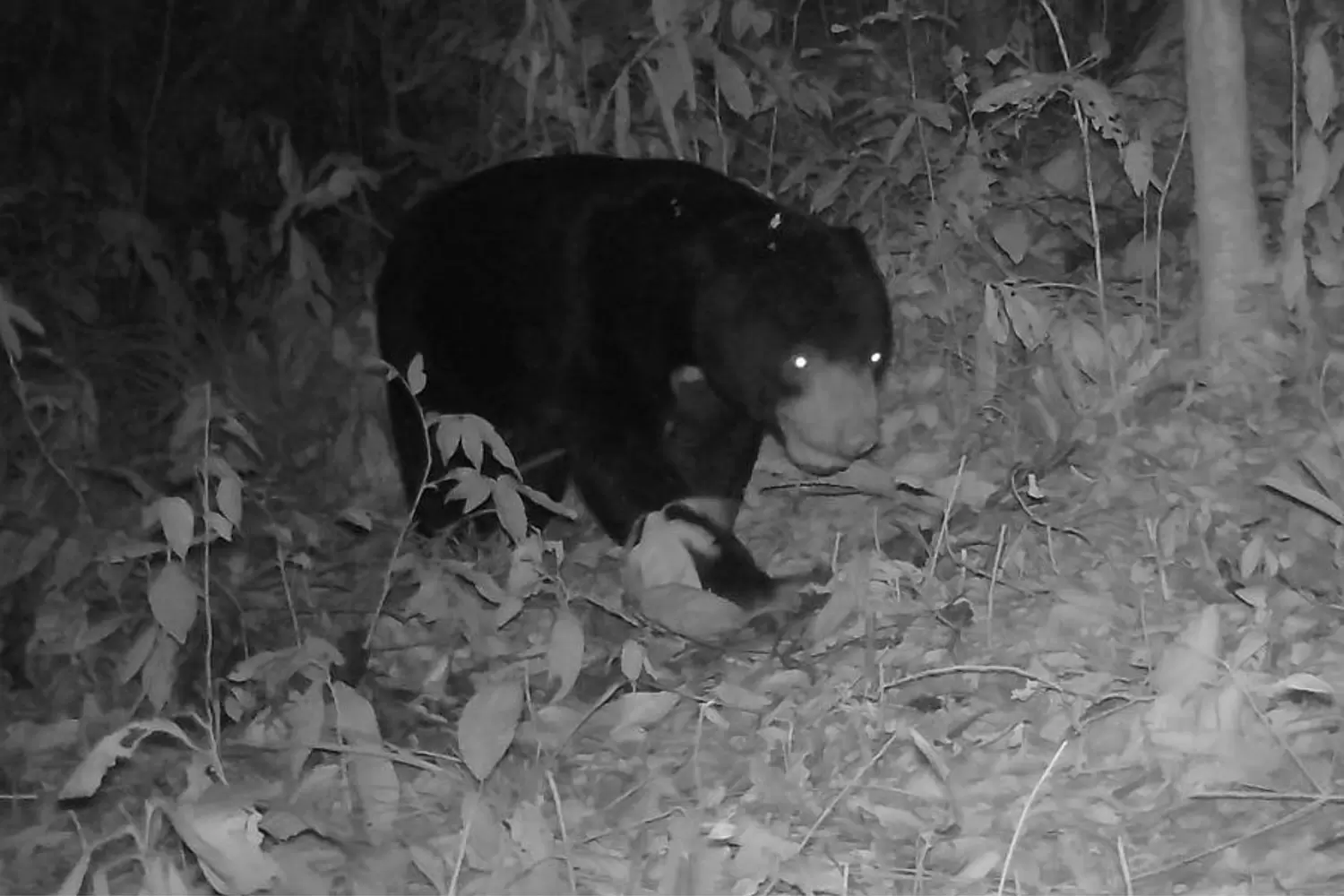
Sun bear (Helarctos malayanus)
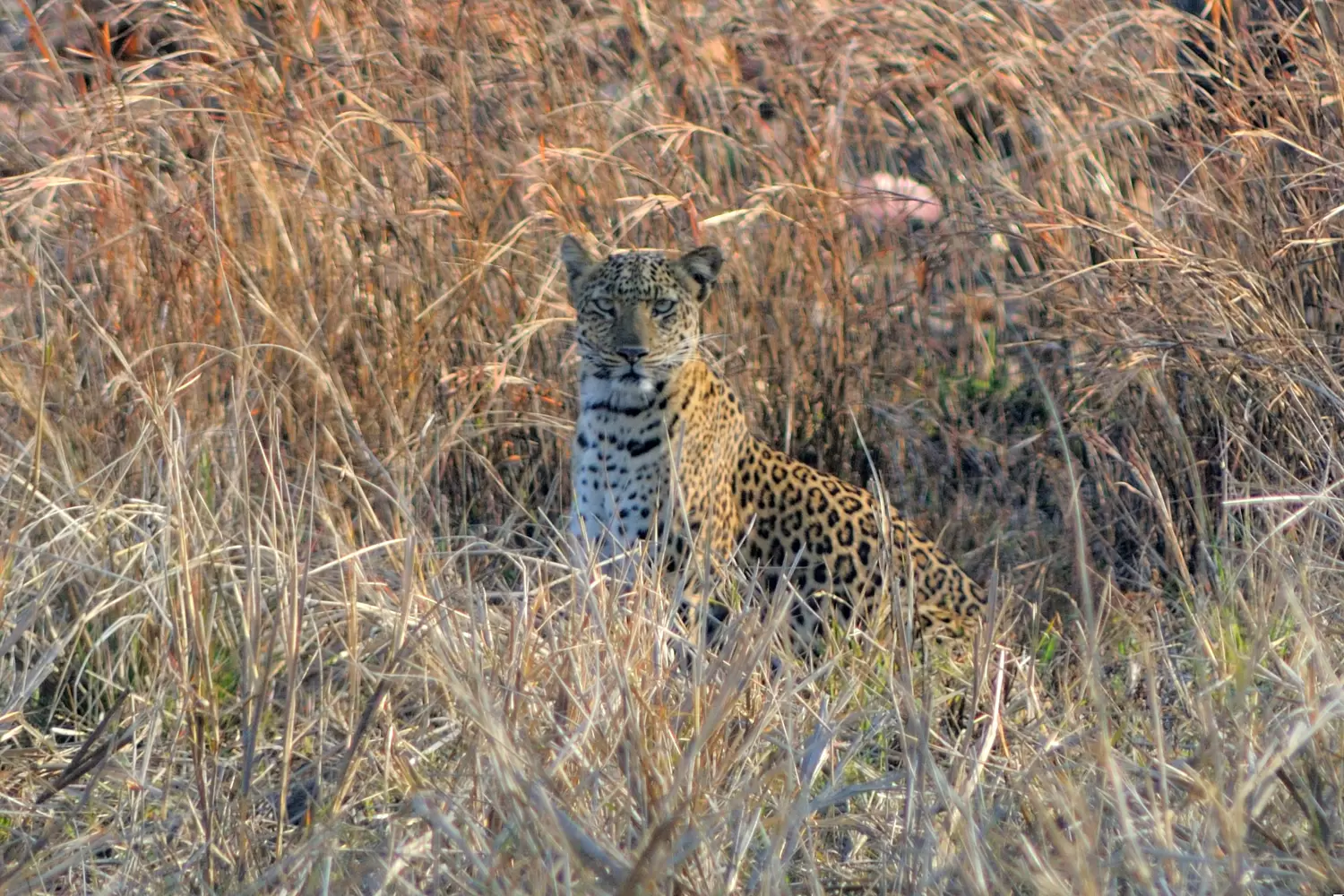
Indochinese leopard (Panthera pardus delacouri)









